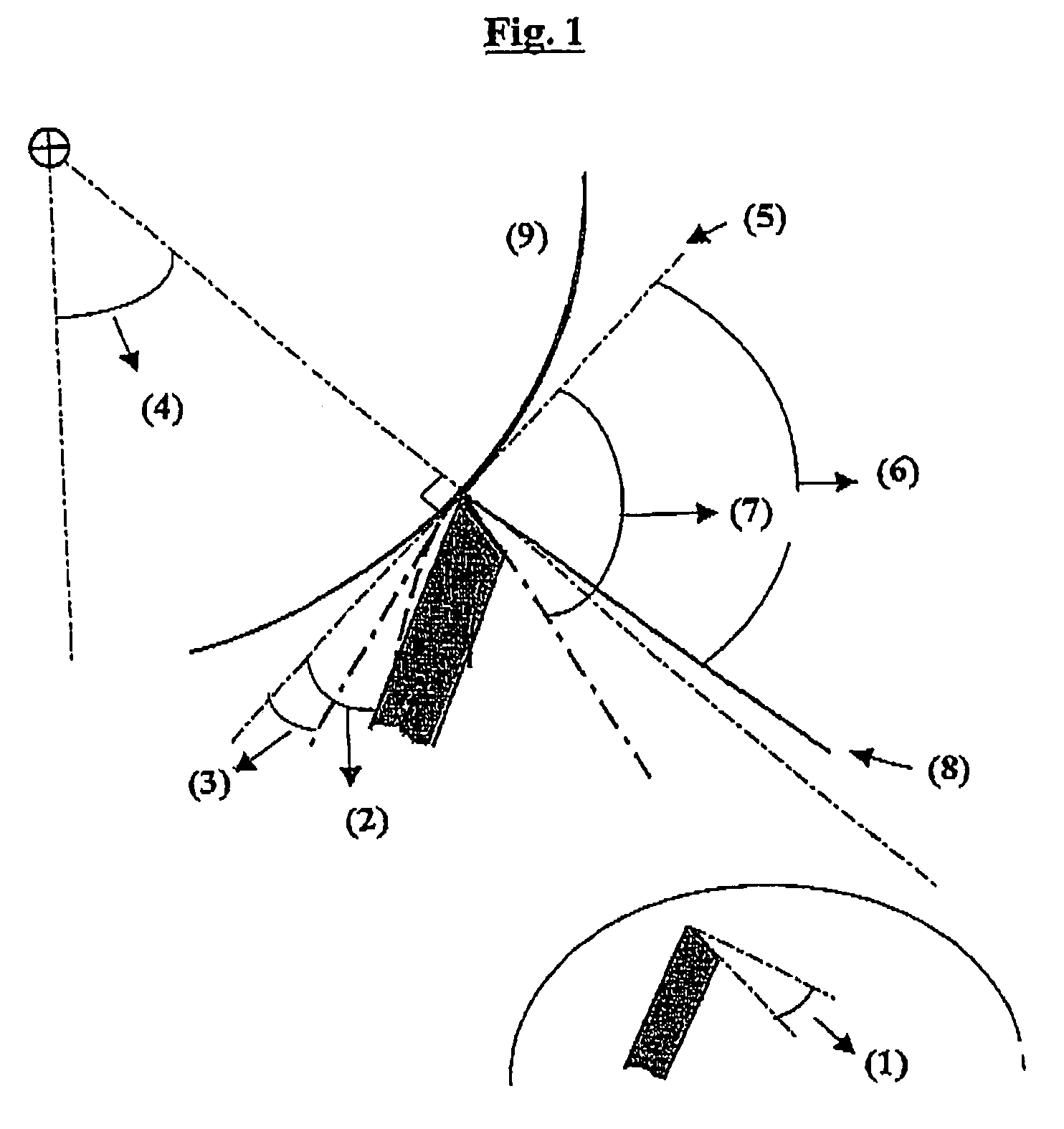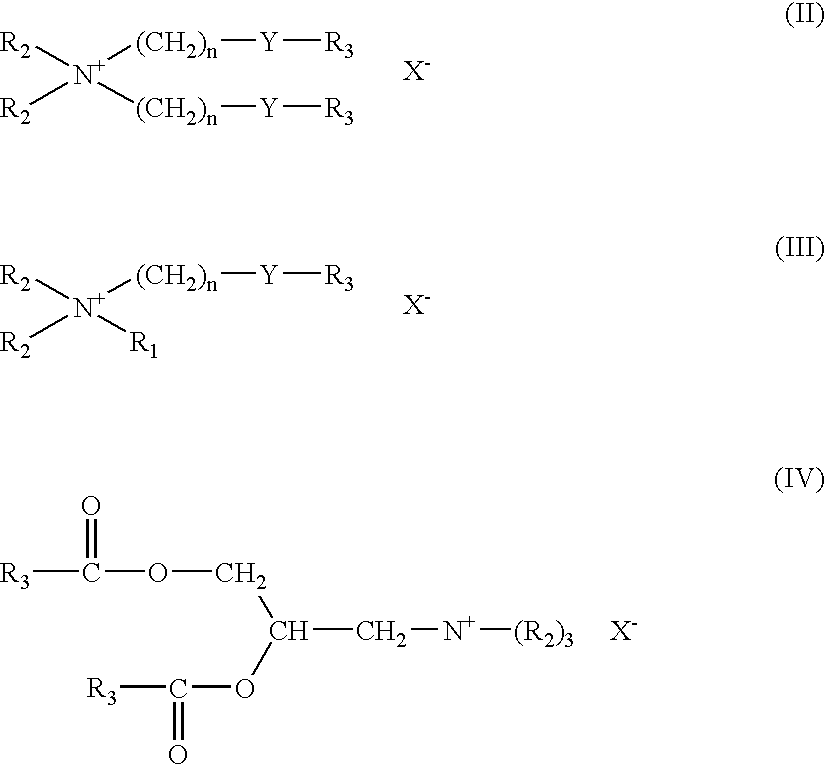Soft and strong webs from highly refined cellulosic fibres
a cellulosic fibre and soft technology, applied in the field of ##cellulosic webs, can solve the problems of reducing strength, reducing absorbency, and tissue paper which is fairly stiff and has almost the haptic properties of normal paper
- Summary
- Abstract
- Description
- Claims
- Application Information
AI Technical Summary
Benefits of technology
Problems solved by technology
Method used
Image
Examples
example 1
[0195]A pilot scale TAD tissue paper making machine was used in the practice of the present invention.
[0196]First, an aqueous slurry of pine sulfate pulp (Grapho Celeste, available from SCA Östrand) was refined at a consistency of 3 weight % to a freeness value of 35° SR in a conical refiner (available from Sunds Defibrator) operating at 78 kWh / t.
[0197]After further dilution, 5 Kg / t of carboxymethylcellulose (trade name; Blanose 7LC, available from Hercules Inc., USA) were added to the pine sulfate pulp slurry at a consistency of about 1 weight %. The resulting slurry was left to stand for about 30 minutes. After this time 12.5 Kg / t polyamidoamine-epichlorohydrine (PAE) resin (Kymene® SLX, available from Hercules Inc., USA) were added.
[0198]Separately, unrefined spruce sulfite pulp (Excellent, available from SCA Mannheim) was treated at a consistency of about 1 weight % with 6.25 Kg / t of the sate PAE resin.
[0199]Both furnish streams were further diluted at the fan pump to a consiste...
PUM
| Property | Measurement | Unit |
|---|---|---|
| length | aaaaa | aaaaa |
| size | aaaaa | aaaaa |
| time | aaaaa | aaaaa |
Abstract
Description
Claims
Application Information
 Login to View More
Login to View More - R&D
- Intellectual Property
- Life Sciences
- Materials
- Tech Scout
- Unparalleled Data Quality
- Higher Quality Content
- 60% Fewer Hallucinations
Browse by: Latest US Patents, China's latest patents, Technical Efficacy Thesaurus, Application Domain, Technology Topic, Popular Technical Reports.
© 2025 PatSnap. All rights reserved.Legal|Privacy policy|Modern Slavery Act Transparency Statement|Sitemap|About US| Contact US: help@patsnap.com



